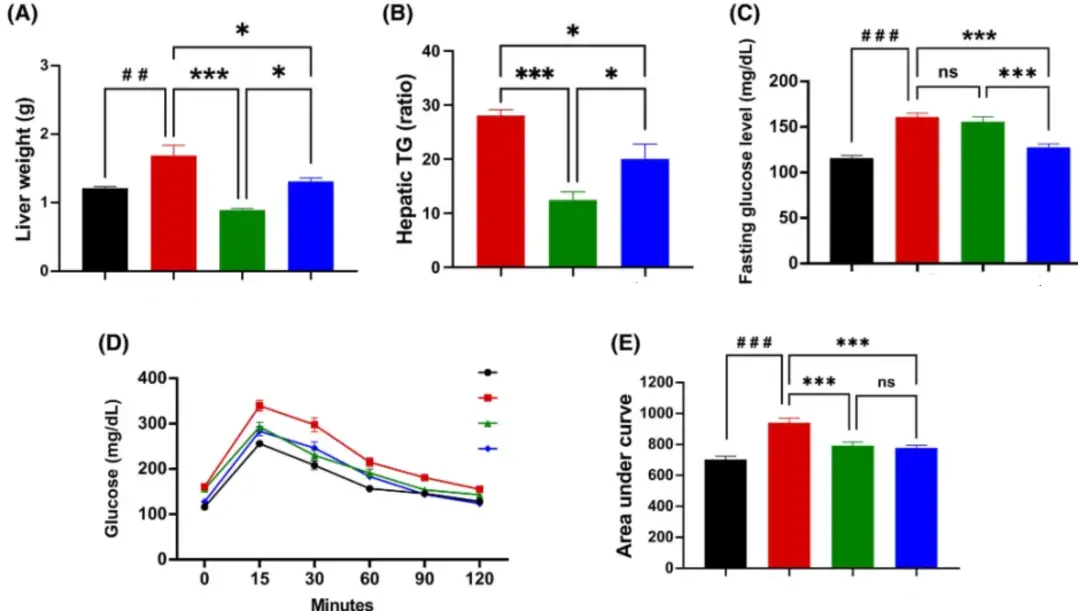Is Hydroxytyrosol a natural antioxidant extracted from olive leaves?
Hydroxytyrosol: the natural antioxidant star in olives, the secret weapon to protect health and beauty
Hydroxytyrosol is a polyphenolic compound mainly found in olive fruit, leaves, and olive oil. It is a colorless to pale yellow viscous liquid under normal conditions and is easily soluble in polar solvents such as water and ethanol. Due to the presence of ortho dihydroxyphenyl groups in its molecular structure, it has strong antioxidant activity and is known as the "nemesis of free radicals" and the "strongest natural antioxidant"
Natural Gift Originating from Olives, Analysis of Composition and Structure
The chemical name of Hydroxytyrosol is 3,4-dihydroxyphenylethanol, CAS number 10597-60-1, molecular formula C ₈ H ₁₀ O3, molecular weight 154.1612. As a core member of the olive polyphenol family, it is hailed as a "new antioxidant star" by the scientific community. Its biological activity far exceeds that of vitamins C and E, making it one of the most effective natural antioxidants currently known
The core mechanism of action and health value of hydroxytyrosol
Antioxidant mechanism: a "dual defense" against free radicals
Direct radical scavenging: By providing hydrogen atoms through adjacent dihydroxyphenyl groups, highly active ROO radicals are converted into stable hydroxytyrosol radicals, interrupting the oxidative chain reaction. Its oxygen radical absorption capacity reaches 45000TE/g, which is about twice that of coenzyme Q10 and resveratrol.
Activation of endogenous antioxidant system: As a mitochondrial nutrient, it can promote mitochondrial production and activate the biphasic enzyme system of cells, enhance the activity of antioxidant enzymes such as superoxide dismutase (SOD) and catalase (CAT), and strengthen the body's own antioxidant capacity.

Multidimensional health effects: from cellular protection to systemic regulation
Skin Health: Inhibits the activity of SA - β - galactosidase, a marker of aging in dermal fibroblasts induced by UVA, reduces the expression of pro-inflammatory factors (IL-1 β, IL-6, etc.), stimulates collagen synthesis, inhibits matrix metalloproteinases (MMPs), and achieves the effects of anti photoaging, fading fine lines, and repairing oxidative damage.
Cardiovascular and cerebrovascular protection: reduces blood cholesterol and triglyceride levels, inhibits platelet aggregation, dilates blood vessels, improves blood circulation, and lowers the risk of thrombosis.
Neurological and metabolic support: It can penetrate the blood-brain barrier to protect dopaminergic neurons, regulate inflammatory signal pathways (such as NF - κ B), and potentially prevent metabolic diseases such as senile retinopathy and diabetes.
Antibacterial and intestinal balance: destroys the cell membrane integrity of pathogenic bacteria such as Escherichia coli and Staphylococcus aureus, while promoting the proliferation of intestinal probiotics, improving intestinal permeability, and reducing chronic inflammation
Application scenarios and market prospects of hydroxytyrosol
Multi domain applications: from cosmetics to health products
Cosmetics: As a natural antioxidant and anti-inflammatory ingredient, it is used in facial essence, lotion and other products, focusing on "anti-oxidation repair" and "anti-aging and light lines", especially favored by those who stay up late and have sensitive muscles; In the United States and the European Union, it has been approved for use as a skin conditioner and bleach, and domestic companies are promoting the filing of new raw materials such as 3,4-dihydroxyphenylethanol.
Health products and medicine: Oral preparations can promote collagen production, maintain liver and stomach health, and meet the needs of women's beauty and middle-aged and elderly health care; The potential of the pharmaceutical field is concentrated in the research of adjuvant therapy for neurodegenerative diseases and cardiovascular diseases.
Market growth and industry challenges
Market size: The global hydroxytyrosol market is estimated to be worth $2.3 billion in 2023 and is expected to reach $4.6 billion by 2033, with a compound annual growth rate of 7.2%. High end cosmetics and health foods are the main growth drivers.
Technological breakthroughs and bottlenecks: Domestic enterprises have achieved high-purity (99%) and high-yield (15g/L) production through biosynthetic methods, but the industry still faces problems such as high extraction costs, lack of unified standards, and low downstream penetration rates. Currently, olive extract is mostly used as a substitute for applications
Comparison of the advantages of hydroxytyrosol and traditional antioxidants
| comparative dimension | Hydroxytyrosol | Vitamin C/E | resveratrol |
| antioxidant capacity | The absorption capacity of oxygen free radicals is about twice that of vitamin E and twice that of resveratrol | Easy to oxidize and become inactive, requiring stable carrier support | Good stability, but low clearance efficiency |
| pleiotropy | Antioxidant+anti-inflammatory+antibacterial+procollagen promoting+cardiovascular protection | Mainly focused on antioxidant and whitening properties | Focusing on antioxidant and anti-aging, with weak anti-inflammatory effects |
| bioavailability | It can penetrate the blood-brain barrier and quickly distribute to various layers after being absorbed by the skin | Poor transdermal absorption and easy degradation when taken orally | Low oral bioavailability, requiring high-dose intake |
| stability | Stable activity within a wide pH and temperature range | Sensitive to light, heat, and oxygen, prone to discoloration and failure | Sensitive to light, need to be stored away from light |
Consumer Guide: How to Choose Products Containing Hydroxytyrosol
Ingredient identification: The ingredient list of skincare products can be directly labeled with "Hydroxytyrosol" and "3,4-dihydroxyphenylethanol", or indirectly traced through "Olive Leaf Extract" and "Olive Oil Extract".

Target audience: Highly recommended for individuals with strong antioxidant needs (such as long-term staying up late, exposure to ultraviolet radiation), sensitive skin (requiring inflammation repair), young and old skin (requiring wrinkle resistance and tightening), as well as middle-aged and elderly individuals who are concerned about cardiovascular and cerebrovascular health.
Attention: When selecting, it is recommended to give priority to products that have been registered with new raw materials or well-known brands of olive extract products.
Hydroxytyrosol, with its characteristics of "natural source, high efficiency and versatility, safety and stability", is moving from the scientific research field to the mass consumer market. In the future, with the maturity of technology and the improvement of standards, it is expected to become one of the core components of the health and beauty industry.
Conclusion
Hydroxytyrosol occupies an important position in natural product research due to its unique chemical structure and biological activity. Its natural source extracted from olives, extensive pharmacological potential, and clear physicochemical properties have laid the foundation for its application in medicine and health products. However, in practical applications, strict control of irritant risks is required. In the future, with further research, more physiological functions and application scenarios are worth looking forward to.
Xi'an Faithful BioTech Co., Ltd is a company specializing in the field of biotechnology. Our Hydroxytyrosol products operated by the company have good quality and high purity. The company has the most advanced equipment, strict quality control system, and professional team, making it your trusted partner.
Please contact me for more information via email
Email: sales10@faithfulbio.com
References
Georgiou, E. A., et al. (2024). Synthesis of hydroxytyrosol analogs with enhanced antioxidant and cytostatic properties against MG-63 human osteoblast-like cells. Arch. Pharm.
Anonymous author(2025). Efficient synthesis of hydroxytyrosol via modularized cascade reactions. Bioorganic Chemistry .
Anonymous author (2025). Hydroxytyrosol N-alkylcarbamate conjugates as antitrypanosomal agents.
Martins, B. T., et al. (2024). Exploring the biological potential of hydroxytyrosol and derivatives. J. Agric. Food Chem.



